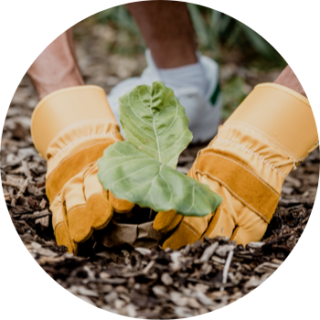The story is the same in nearly every city across the United States. With few exceptions, trees are sparse in socioeconomically disadvantaged and neighborhoods of color and more prominent in wealthier, whiter neighborhoods. Redlining policies, dating back to the 1930s, helped lay the groundwork for this inequity. Tree Equity Score will show you these inequities in tree cover and where trees are needed most in your community.
American Forests is focused on addressing this inequity by focusing resources in neighborhoods of highest need. It’s our moral imperative to do so, given how many life-saving and quality of life benefits trees provide people. That is why we are working to create Tree Equity, which is about ensuring that all people experience the benefits of trees. One of the ways we are doing this is with our Tree Equity Score tool. It provides a social-equity-focused narrative, goals and a guide path for building understanding, commitment and action for Tree Equity. It is also free and easy to access.
American Forests partners with corporations, foundations, government agencies, community-based organizations, community leaders, nonprofit organizations and academic institutions at local and national levels to advance Tree Equity. In 2023, American Forests worked with the Woodland Trust and the Centre for Sustainable Healthcare to bring Tree Equity Score to the United Kingdom, identifying ways the tool could be expanded and adapted.


